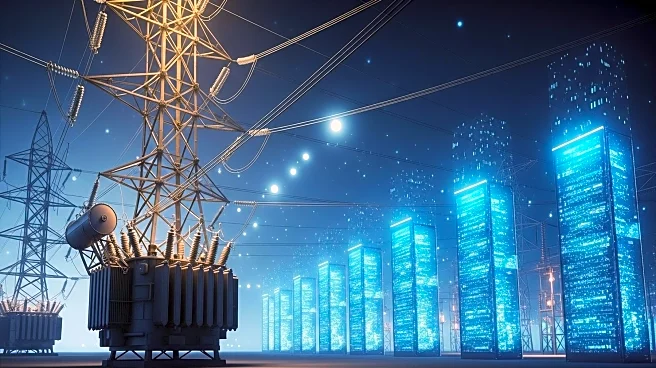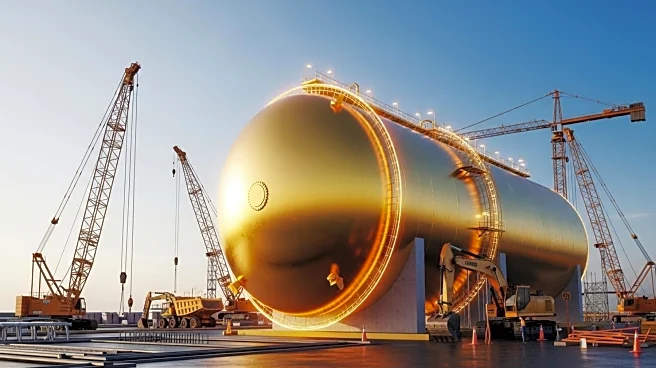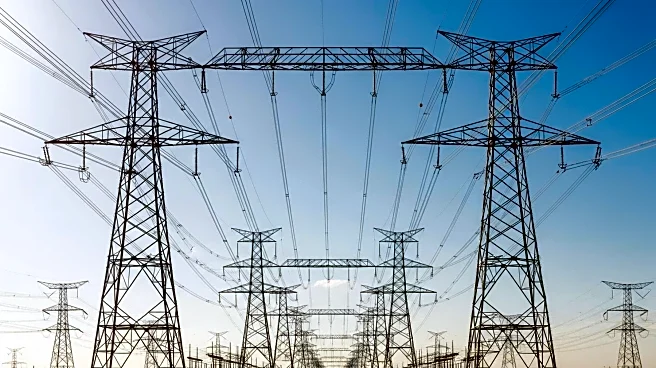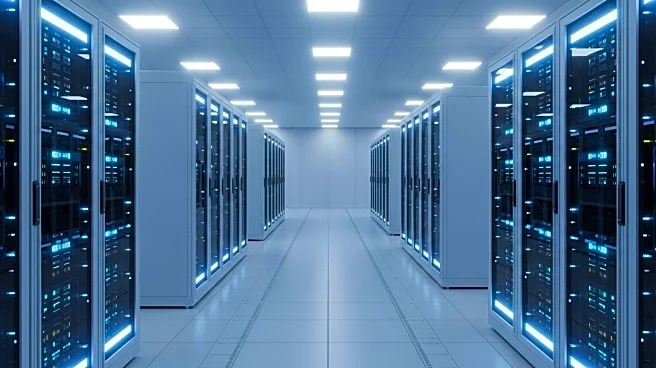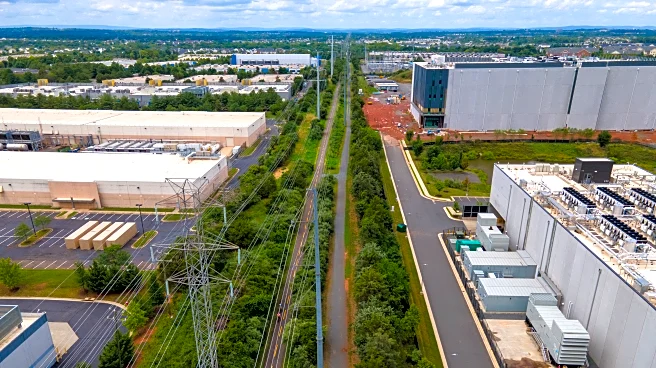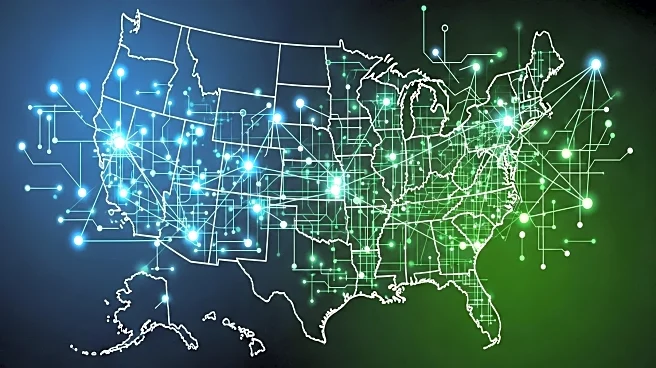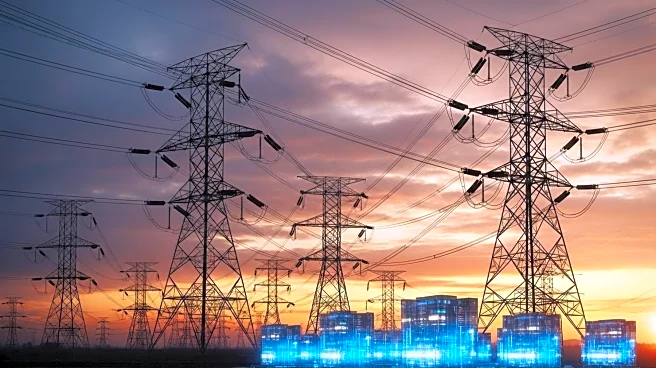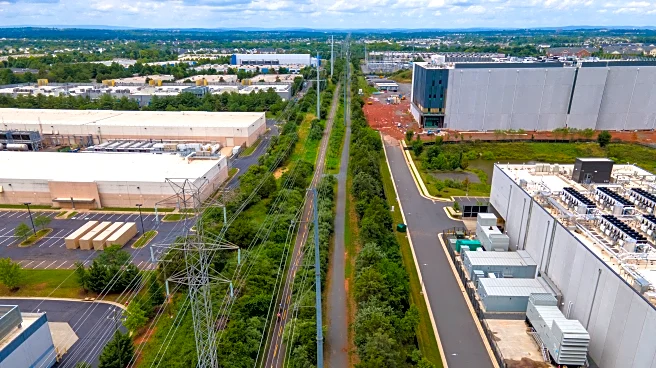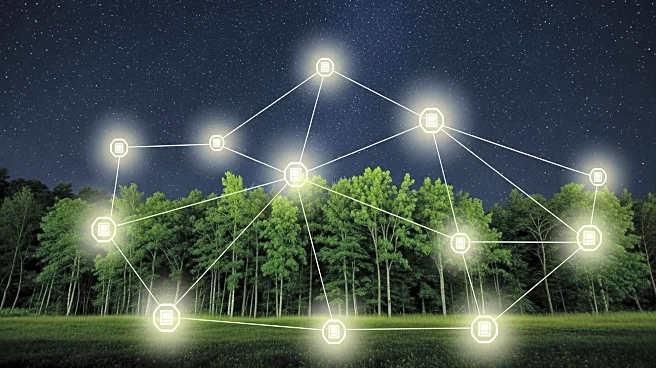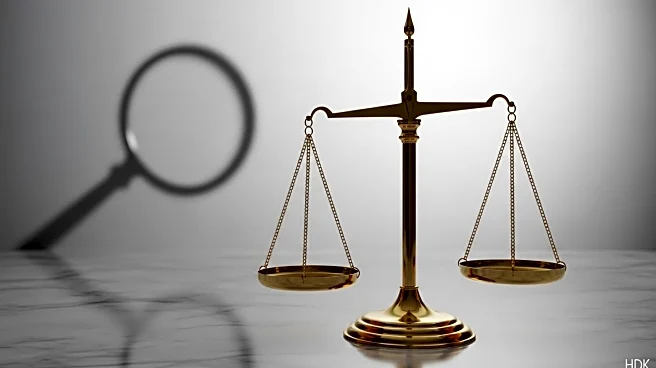What is the story about?
What's Happening?
The rapid expansion of data centers by Big Tech companies is putting significant pressure on U.S. electricity grids. In response, policymakers are considering strategies to manage this demand, including disconnecting data centers during power emergencies. Texas has already implemented measures to protect its residents from potential blackouts, similar to the deadly winter storm in 2021. The mid-Atlantic grid, serving 65 million people, is also exploring similar proposals. These measures aim to prevent grid overloads as data centers proliferate faster than new power plants can be constructed.
Why It's Important?
The growing energy demands of data centers are contributing to rising electricity bills across the nation, with costs increasing at twice the rate of inflation. This situation raises concerns about the sustainability of current energy consumption patterns and the potential need for significant infrastructure investments. The proposals to manage data center energy use could help stabilize electricity costs and prevent grid failures, but they also pose challenges for data center operators who rely on consistent power supplies. Balancing these needs is crucial for maintaining economic growth and technological advancement.
What's Next?
As more states consider similar measures to Texas, the debate continues over the best approach to manage data center energy consumption. The largest U.S. grid operator, PJM Interconnection, has proposed limiting guaranteed electricity access for data centers during emergencies, sparking concerns about legal authority and market stability. Stakeholders, including governors and consumer advocates, are calling for incentives to encourage data centers to develop their own power sources and reduce usage voluntarily. The outcome of these discussions will shape the future of energy policy and infrastructure development in the U.S.
Beyond the Headlines
The shift towards managing data center energy use reflects a broader change in how electricity is consumed and distributed. By potentially reducing peak demand, these strategies could lead to more efficient energy use and lower costs for consumers. However, they also highlight the need for innovation in energy production and distribution to accommodate the growing digital infrastructure. The balance between technological growth and sustainable energy practices will be a key focus for policymakers and industry leaders moving forward.
AI Generated Content
Do you find this article useful?
